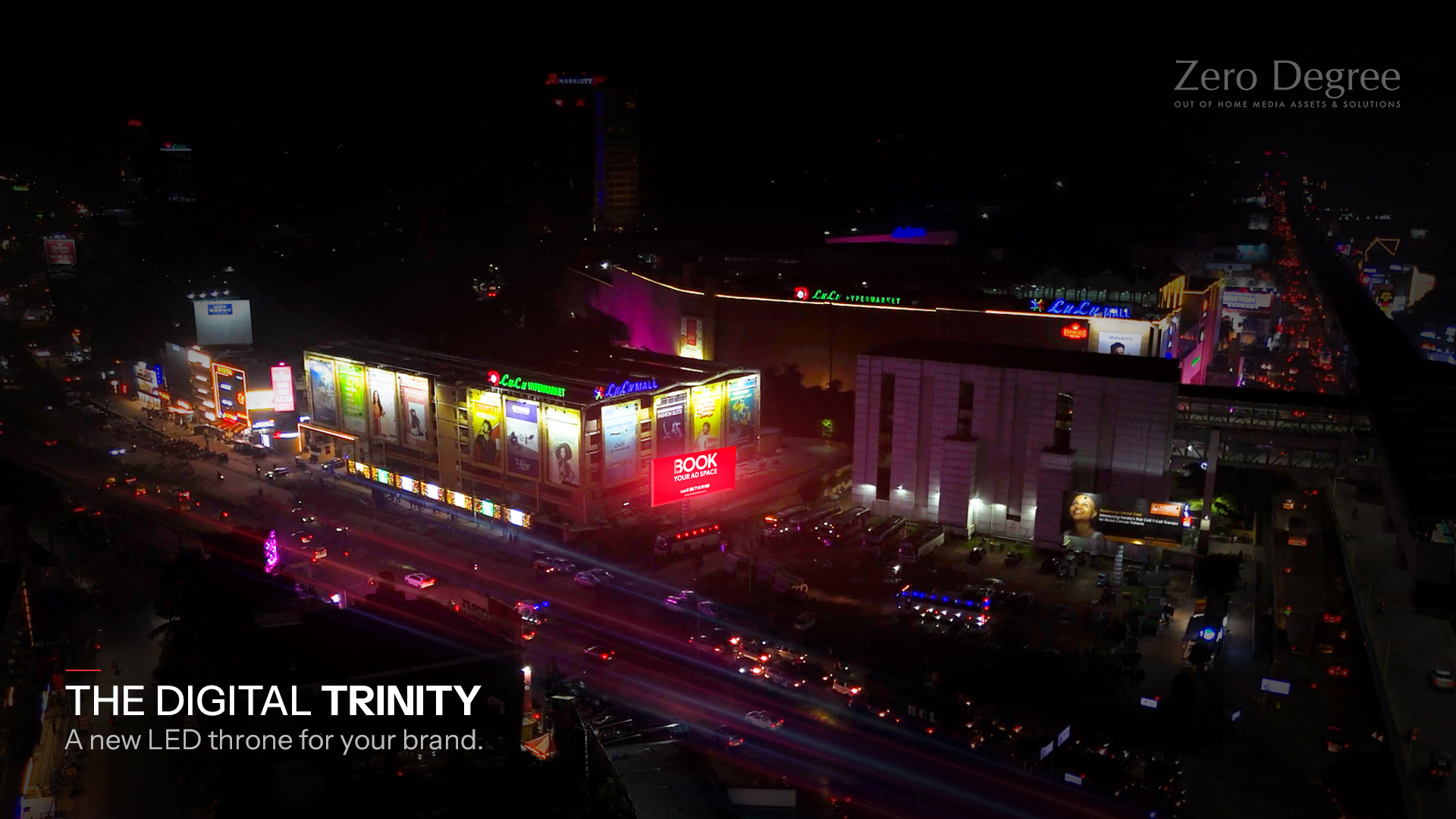Praevar Corporation, a leading innovator in display technology, has unveiled its latest breakthrough in sustainable advertising—the ePoster, an eco-friendly digital signage solution designed for indoor environments. Powered by the cutting-edge E Ink Spectra™ 6 display, this 32-inch ePaper solution is set to revolutionise indoor advertising with its vibrant full-colour display, remarkably low power consumption, and adaptability to a range of commercial and retail spaces. The ePoster provides an innovative, environmentally responsible alternative to traditional paper posters while delivering dynamic, high-quality visuals.
A Leap Toward Sustainable Signage
As businesses increasingly seek eco-conscious alternatives, the Praevar ePoster meets the demand for more sustainable communication platforms. Unlike traditional digital displays that continuously draw power, the ePoster consumes energy only when updating content. This not only drastically reduces energy consumption but also aligns with businesses’ growing focus on minimizing their carbon footprint and adhering to regulatory demands for energy efficiency.
Tim O’Malley, Assistant Vice President for the US Regional Business Unit at E Ink, highlighted the significance of this collaboration:
“Partnering with Praevar on their ePoster solution is a vital step forward in sustainable digital signage. We’re providing a vibrant, full-colour display with minimal power use, enabling businesses to reduce their environmental impact without compromising on the quality or dynamism of their content.”
A Game-Changer for Indoor Advertising
The ePoster blends the visual appeal of traditional posters with the adaptability of digital technology, allowing retailers, brands, and businesses to deploy attention-grabbing advertisements without the environmental costs typically associated with paper or conventional digital displays. With the ePoster, businesses can easily update messaging, promotions, or information on the fly, while using only a fraction of the energy consumed by conventional digital signage.
CEO of Praevar, Ralph Idems, emphasised the broader market implications of this innovation:
“Our clients face challenges like energy availability, operating costs, and increasing demands from both customers and regulators to deliver more sustainable solutions. The ePoster directly addresses these issues, providing a cutting-edge, eco-friendly option that helps businesses meet these growing expectations.”
Key Features of the Praevar ePoster
- 32-Inch Full-Colour Display: Capable of supporting 65,000 colours, ensuring vibrant, dynamic, and visually captivating content for any indoor setting.
- Low Power Consumption: The ePoster is battery-powered, capable of running for up to one year on a single charge, eliminating the need for constant power connections and significantly reducing operational costs.
- High Resolution: Boasting a 2,560 x 1,440 resolution, the display provides crystal-clear, sharp visuals, perfect for conveying detailed imagery and text.
- Lightweight Design: Weighing in at just 9 lbs (4 kg), the ePoster is easy to install in any location without requiring specialised hardware, making it suitable for diverse indoor environments.
- Built-In Wi-Fi and Bluetooth Low Energy (BLE): Seamless integration with third-party content management systems and cloud-based updates allows for easy, real-time content changes.
- Optional Solar Panel: An innovative solar panel option allows the device to use ambient or overhead light for trickle-charging the battery, further reducing energy consumption and associated costs.










